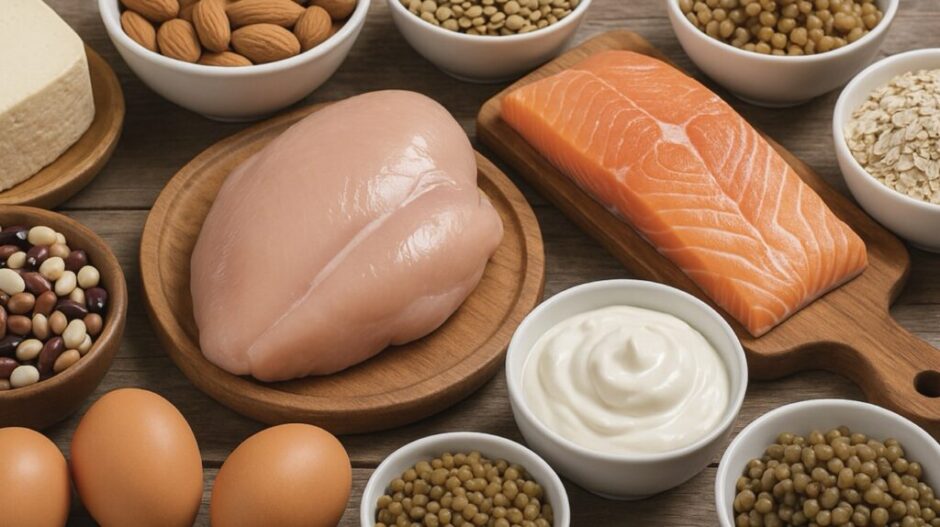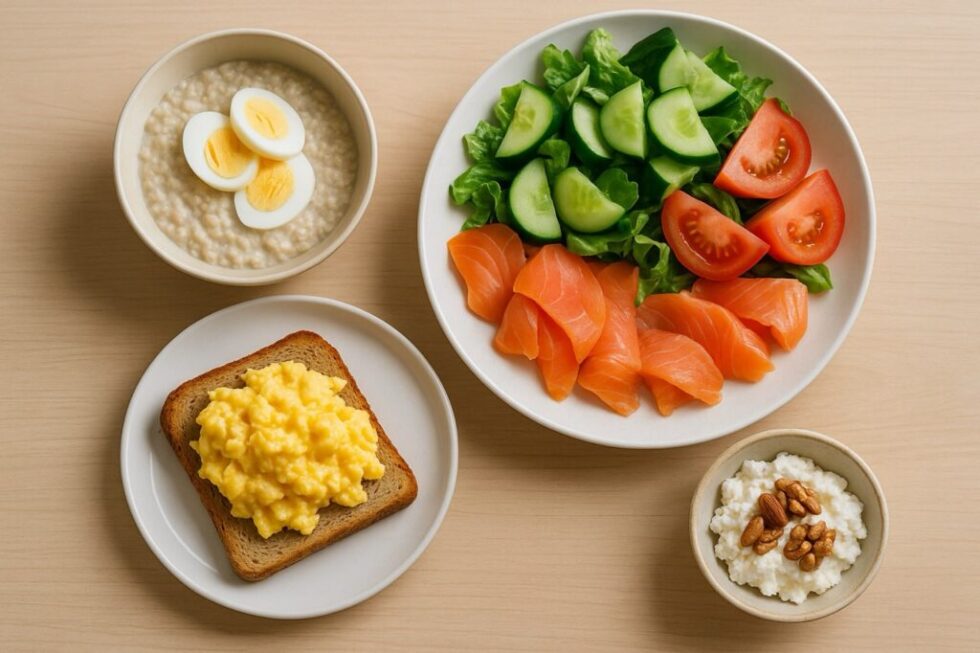How Much Protein Does the Human Body Really Need? New Recommendations 2025

Protein is much more than just a fitness buzzword: it’s a vital component of our nutrition. It forms the foundation for muscles, hormones, enzymes, and a functioning immune system. But how much protein does the body truly need – and how do people in Germany inform themselves about health topics today? G Business reports on this, citing data from the German Nutrition Society (DGE) and recent studies on media consumption in 2025.
The official protein recommendation in Germany
According to the German Nutrition Society (DGE), the average protein requirement for a healthy adult is 0.8 grams per kilogram of body weight. For someone weighing 70 kg, this amounts to about 56 grams of protein per day.
More recent recommendations – particularly for active individuals, athletes, older adults, and pregnant women – suggest 1.2 to 1.6 g/kg to help prevent muscle loss and support metabolism. Some studies even suggest up to 2 grams per kilogram of body weight per day for those engaged in intensive training.
German nutrition trends: Less meat, more plant-based protein
In 2025, more and more Germans are turning to plant-based protein sources. According to a Statista survey from May 2025, 41% of respondents said they had reduced their meat consumption, while 28% reported regularly consuming plant-based alternatives like lentils, tofu, or oat-based products. The trend toward so-called flexitarian diets continues to grow.
Protein needs by lifestyle – an overview
| Target Group | Recommended Amount (g/kg body weight) |
|---|---|
| Average adults | 0.8 – 1.2 |
| Physically active persons | 1.4 – 2.0 |
| Older adults (60+) | 1.0 – 1.5 |
| Pregnant / breastfeeding women | +10–20 g per day |
A persistent myth claims that protein harms the kidneys. However, this has only been shown in individuals with pre-existing kidney conditions. According to the DGE, healthy people have no reason to fear side effects from higher protein intake – as long as their fluid intake is adequate.
How to meet your daily protein needs – without miscalculations
Many people mistakenly believe that 100 grams of chicken equals 100 grams of protein. In reality:
- A 200 g chicken breast fillet provides about 46–60 g of protein
- One egg contains approx. 6 g
- 100 g of lentils yield around 9 g
- A 250 g cup of low-fat quark contains approx. 30 g
Effective protein sources:
- Animal-based: meat, fish, eggs, quark, yogurt
- Plant-based: beans, lentils, tofu, tempeh, quinoa, nuts
How Germans inform themselves about nutrition in 2025
According to a representative survey by Bitkom Research (2025)
- 67% regularly look up nutrition topics online
- 58% use dedicated health platforms and expert media
- 21% read articles in daily or weekly newspapers
- Only 8% rely on TV or radio for health information
Example of a balanced protein day
A practical daily plan to show how both adults and children can meet their protein needs in a healthy way

| Meal | Adults (~70 g protein/day) | Children (~35 g protein/day) |
|---|---|---|
| Breakfast | Oats with 200 ml milk + 1 egg (15 g) | Muesli with yogurt and berries (8 g) |
| Snack | Handful of nuts + 150 g yogurt (12 g) | Banana + 100 g yogurt (5 g) |
| Lunch | 150 g salmon fillet + quinoa + vegetables (30 g) | 80 g chicken + mashed potatoes (12 g) |
| Afternoon snack | Protein bar or cottage cheese (10 g) | 1 slice of bread with cheese (5 g) |
| Dinner | 2 eggs + whole grain bread + tomatoes (12–15 g) | Scrambled eggs with spinach + toast (5–6 g) |
This allows both adults and children to reach their recommended daily intake – without excess, but with an emphasis on quality and variety of protein sources.
Quality over quantity – for protein and information alike
Those aiming to live healthily should not only consider how much protein they consume but also where it comes from. High-quality, easily digestible protein – ideally paired with physical activity – is an investment in long-term wellness. Just as important is relying on trustworthy, up-to-date sources of information – whether on nutrition, health, or lifestyle.
Stay connected for news that works — timely, factual, and free from opinion. Learn more about this topic and related developments here
